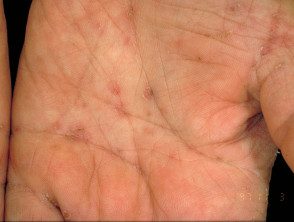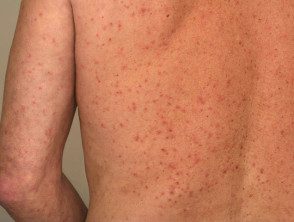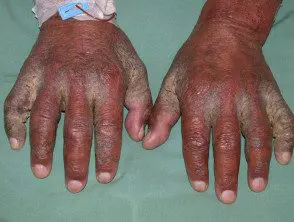What is ivermectin?
Ivermectin is a macrocyclic lactone drug used to treat parasitic infections. In New Zealand, ivermectin is available in 3 mg tablets (Stromectol ™). Ivermectin cream (Soolantra ™) was approved by the FDA in December 2014, but is not yet available.
What is ivermectin used for?
Ivermectin is effective against infections with:
- Parasitic worms including: onchocerciasis (river blindness), strongyloides, cutaneous larva migrans and filiariasis such as onchocerciasis
- Ectoparasites, including scabies
Ivermectin has been widely used as part of the Onchocerciasis Eradication Program of the World Health Organization. It has FDA approval for the treatment of strongyloides and onchocerciasis in the United States, another use is called “off label”.
In the treatment of scabies, its use may be appropriate in selected cases where current therapy is impractical or has failed and is particularly helpful in crusted scabies (also called "Norwegian" scabies).
Ivermectin can also be used to control demodicosis Ivermectin cream has been shown to reduce papulopustular rosacea, which is believed to be due to its effects on demodex Mites and his antiinflammatory action.
Scabies can be treated with ivermectin

Burrows

Rash hypersensitivity rash

Scabies with scab
How does ivermectin work?
Ivermectin stimulates the excessive release of neurotransmitters at peripheral nervous system of parasites. It is believed to work by paralyzing the parasite or inactivating the parasite's gut. In humans, the neurotransmitters that ivermectin acts on are found in the brain. A protective barrier, called the blood-brain barrier, prevents ivermectin from reaching the human brain.
Is Ivermectin Safe?
Oral ivermectin appears to be a safe drug.
Ivermectin is primarily metabolized in the liver by CYP450-3A47 and has a plasma Half-life of 16 hours. It is excreted almost exclusively in the faeces with minimal clearance by the kidneys. Therefore, no dose adjustment is required for people with renal failure. There have been some reports of a mild anticoagulation effect. However, this is generally not significant enough to alter coagulation parameters, such as the prothrombin ratio.
How is oral ivermectin taken?
Ivermectin is taken as a single dose with a glass of water. The tablets can be crushed, for example administered percutaneously. endoscopic gastrostomy tube (PEG). It is rapidly absorbed from the intestine and metabolized in the liver.
| Infestation | Dose regimen |
|---|---|
| Onchocerciasis | Single dose of 150 mcg / kg (can be repeated every 3 to 12 months) |
| Strongyloidiasis | Single dose of 200mcg / kg. |
| Scabies | 200mcg / kg dose repeated in 7 to 14 days. |
| Cutaneous larva migrans | Single dose of 200mcg / kg. |
Ivermectin side effects
Side effects of oral ivermectin are rare and generally minor. These include:
- Transient tachycardia (fast heart rate)
- Redness
- Nausea
- Daze
- In the treatment of onchocerciasis; fever, eruption, muscle or joint pain and tender glands and eye irritation / swelling or pain
- In the treatment of strongyloidiasis; diarrhea, skin rash
- More severe neurological Side effects are theoretically possible in rare susceptible individuals
The safety of ivermectin has not been studied in pregnant women and its use is not recommended. Animal studies have shown an increase in birth defects. Safety and efficacy in children less than 15 kg have not been established. Ivermectin passes into breast milk and is not recommended for use during breastfeeding.
Ivermectin cream can irritate and cause a burning sensation on treated skin.
Drug interactions with ivermectin
No significant drug interactions with ivermectin are recognized.


